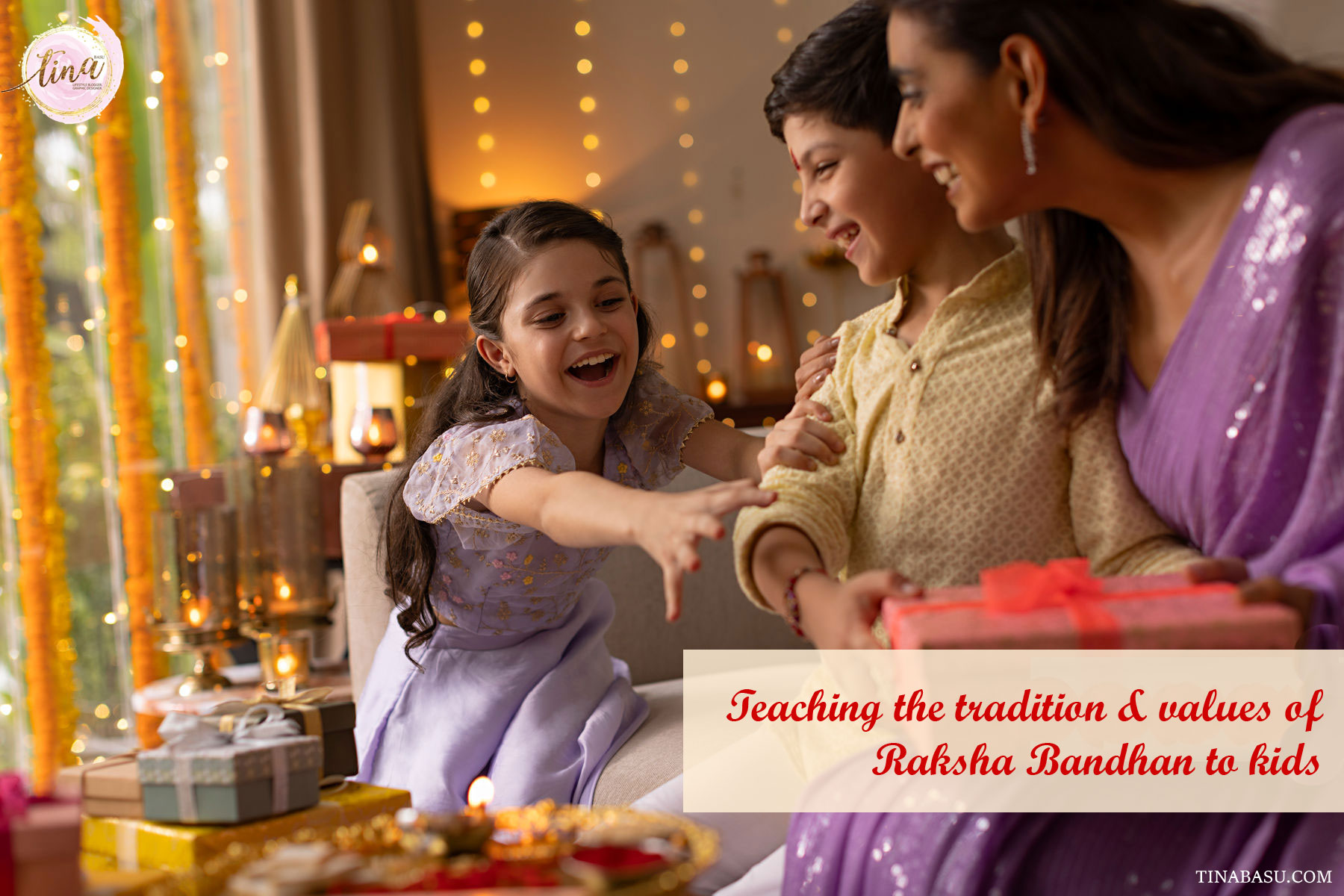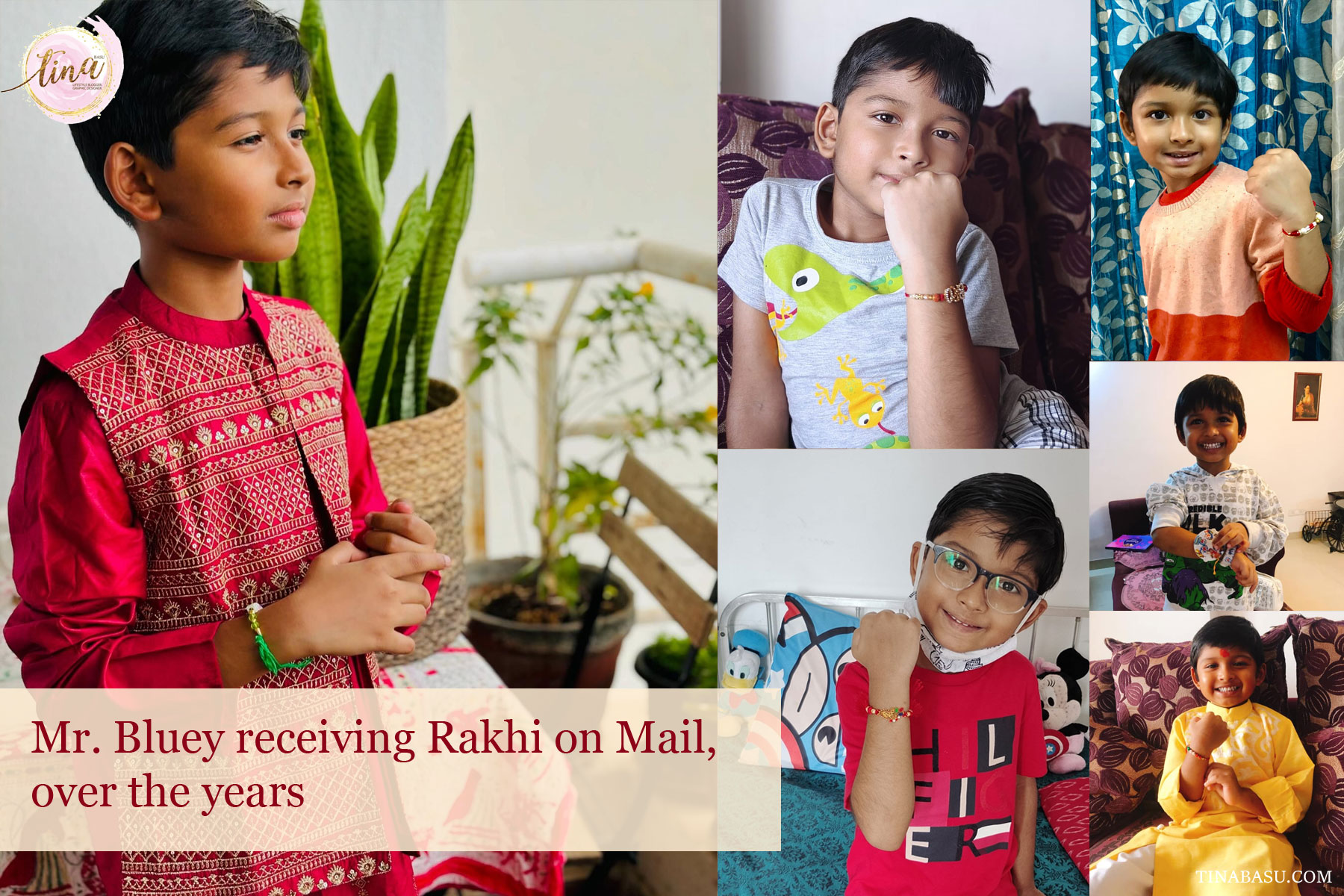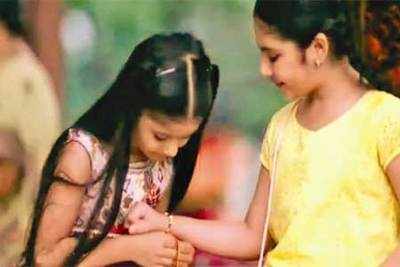Raksha Bandhan, a cherished festival in India, celebrates the bond between brothers and sisters. It’s a day filled with love, promises, and exchanging Rakhis and gifts. While traditionally associated with the bond between a brother and a sister, the essence of Raksha Bandhan goes far beyond gender, embodying love, protection, and commitment to one another. For parents, it’s a wonderful opportunity to instill these values in their children from an early age. But how do you explain the deeper significance of Raksha Bandhan to kids, especially when you have a single child or two girls?
The History and Significance of Raksha Bandhan
Before diving into how to celebrate Raksha Bandhan, it’s important to help children understand its historical and cultural background. The festival’s name, “Raksha Bandhan,” translates to “the bond of protection.” Traditionally, a sister ties a Rakhi—a sacred thread—around her brother’s wrist, symbolizing her love and prayers for his well-being. In return, the brother promises to protect her throughout his life.
The origins of Raksha Bandhan can be traced back to various historical and mythological tales.
It is believed that during the Mahabharata, Draupadi tore a piece of her clothing and tied it to Krishna’s hand while it was bleeding. Impressed with the act of kindness, Krishna promised to protect her whenever she was in danger giving birth to the ritual of Raksha Bandhan.
Another popular story is that of Rani Karnavati and Emperor Humayun. Facing the threat of an invasion, Rani Karnavati sent a Rakhi to Emperor Humayun, seeking his protection. Touched by this gesture, Humayun immediately set out with his troops to defend her. This story emphasizes that Raksha Bandhan is not just about blood relations but about the bond of protection and care that can be shared between anyone.
Teaching the Values of Raksha Bandhan to Kids
For children, especially younger ones, abstract concepts can be difficult to grasp. Here’s how you can break down the significance of Raksha Bandhan for them:
- Love and Care: Explain that Raksha Bandhan is a day to celebrate love and care between siblings. It’s about showing appreciation for one another and reinforcing the importance of family ties.
- Protection Beyond Physical Safety: The promise of protection doesn’t only mean keeping someone safe physically; it also involves standing by each other, supporting one another in tough times, and being emotionally available.
- Respect and Gratitude: Teach your child that Raksha Bandhan is also about respecting each other’s roles in the family. It’s a time to express gratitude for having a sibling who supports and loves them.
- Inclusion and Equality: While traditionally a brother-sister festival, Raksha Bandhan today can be celebrated between any two individuals who share a bond of care and protection. This inclusive approach helps teach children about equality and respect for all relationships.

Celebrating Raksha Bandhan with a Single Child
If you have a single child, like me – it can feel like a challenge. My 9-year-old boy is a single child with all his cousin sisters scattered around the country. But Raksha Bandhan can still be a meaningful and enriching experience even if you have a single child. Here’s how:
- Celebrating the Bond with Parents: In the absence of a sibling, the child can celebrate Raksha Bandhan with their parents. A mother or father can tie a Rakhi on their child’s wrist, symbolizing the bond of protection and love. This can also be a beautiful way for parents to remind their child of their unconditional love and support.
- Involving Extended Family and Friends: If your child has cousins or close family friends, they can celebrate Raksha Bandhan together. This helps extend the idea of sibling-like bonds beyond immediate family, reinforcing the festival’s underlying values of protection and care.
- Fostering Empathy and Responsibility: Use this opportunity to teach your child about empathy and responsibility. Discuss with them how they can protect and care for others in their daily lives, whether it’s standing up for a friend, being kind to someone in need, or simply being a good listener.
For Bluey, his cousin sisters send Rakhis by courier, and he gets excited every time he receives them!

You Might Like:
Celebrating Raksha Bandhan with Two Girls
For families with two girls, Raksha Bandhan can be a wonderful way to highlight the mutual responsibility of protection and care between siblings, regardless of gender. Here are some ideas:
- Emphasizing Mutual Care: Explain that Raksha Bandhan is not about who is older or stronger but about mutual care and respect. Both sisters can tie Rakhis on each other’s wrists, symbolizing that they will look out for each other.
- Creating New Traditions: Encourage your daughters to come up with their own special Raksha Bandhan traditions. Perhaps they can write letters to each other, expressing their love and promises, or create a scrapbook of their favourite memories together.
- Learning from Stories: Share stories of famous sisters in history or mythology who supported and protected each other. This can be a powerful way to show that the bond between sisters is just as strong and meaningful as any other sibling relationship.
Encourage your daughters to tie rakhi to each other because, in today’s world, girls are no less, they protect, care and remain BFFs.

Incorporating Modern Values
While the traditional values of Raksha Bandhan are timeless, it’s also important to adapt the festival to reflect modern-day values. Today’s families are diverse, and Raksha Bandhan should be inclusive, celebrating the bonds that matter most, regardless of gender or family structure.
- Gender Equality: Teach your children that protection and care are mutual responsibilities. Sisters protect brothers just as brothers protect sisters, and everyone in the family looks out for each other.
- Expanding the Circle: Encourage your children to think about who else in their lives they can celebrate Raksha Bandhan with. It could be a close friend, a cousin, or even a neighbour they have a strong bond with.
- Environmental Consciousness: Incorporate eco-friendly practices into your celebrations. Opt for handmade or sustainable Rakhis and avoid plastic packaging. This not only teaches children about the importance of the environment but also adds a personal touch to the festival.
Conclusion
Raksha Bandhan is more than just a ritual; it’s a day to celebrate the values of love, care, protection, and respect within the family. Whether you have a single child, two girls, or a more traditional sibling setup, the essence of the festival remains the same. By teaching your child the significance of Raksha Bandhan and adapting the celebration to your unique family dynamic, you can help them understand and appreciate the deeper meaning of this beautiful festival.

